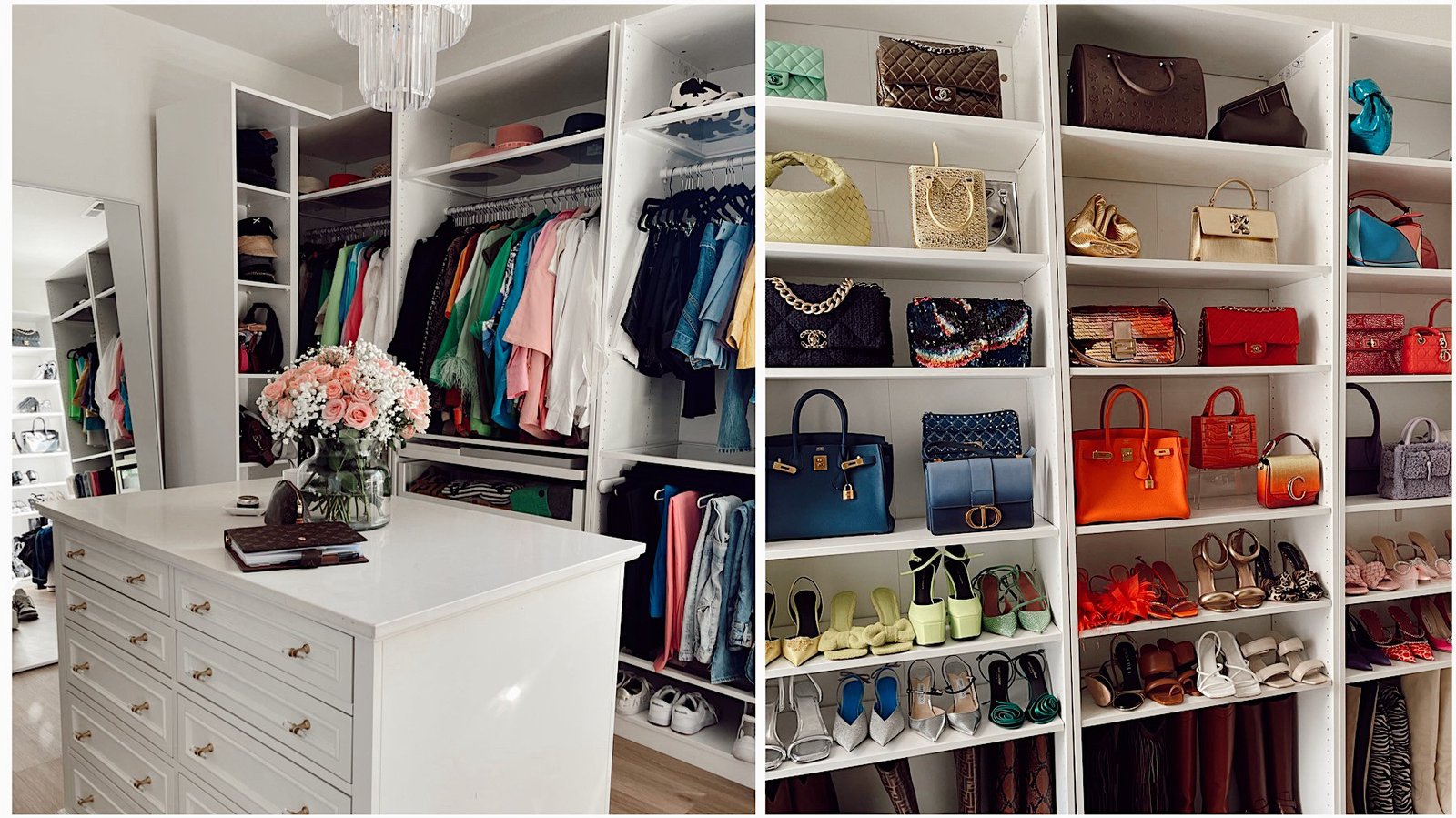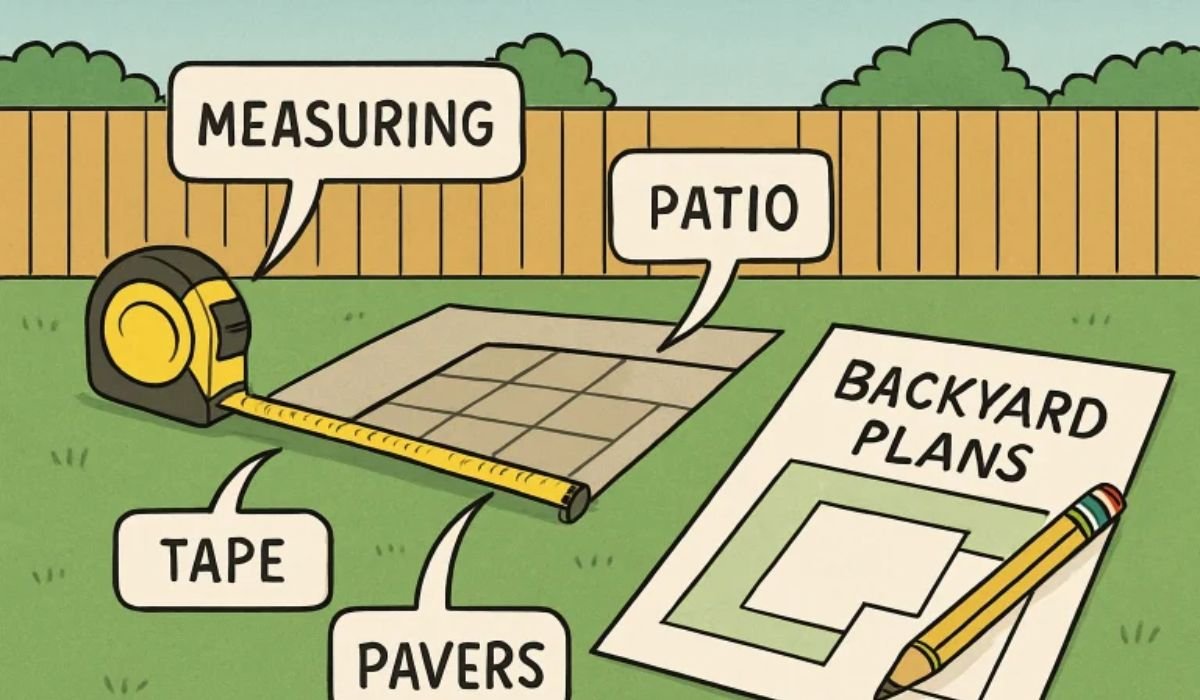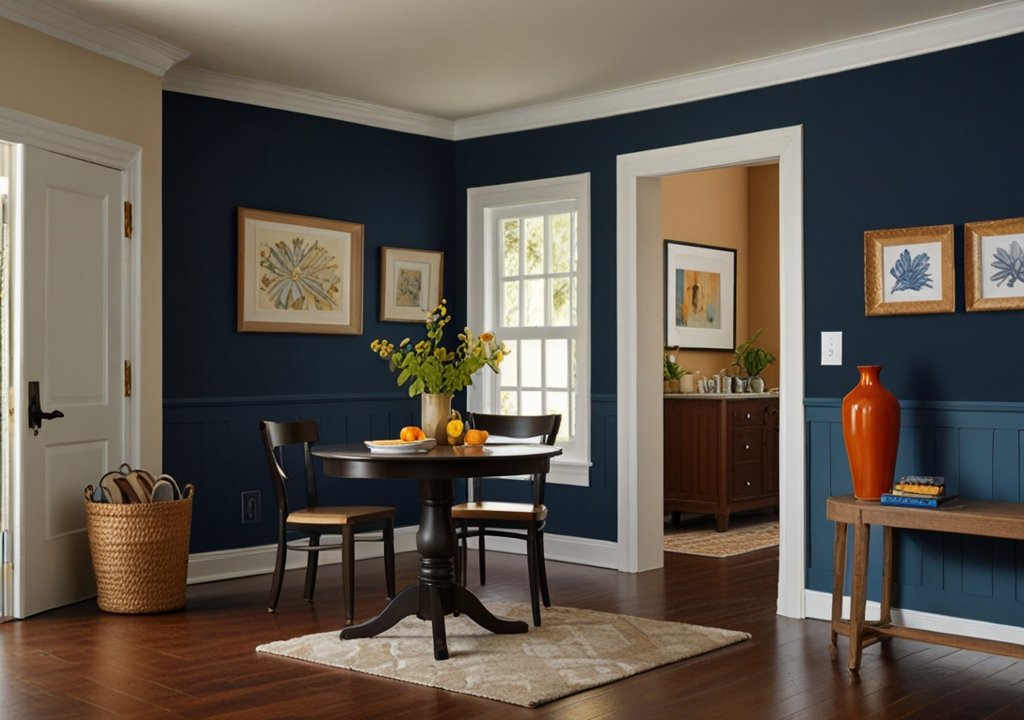A well-designed wardrobe is more than just a place to store clothes. It can transform how you use your space and streamline your daily routine. In Australia, where homes often blend coastal ease with urban practicality, the right wardrobe brings together style, usability, and long-term value.
So, how do you create a wardrobe that feels tailor-made for your lifestyle? Before you get started, it’s worth taking the time to consult our specialists for wardrobe design services. Here are the key factors to consider.
1. Know Your Needs First
Start with a thorough inventory. Do you have more folded clothes or hanging garments? What about shoes, bags, belts, or activewear? A custom wardrobe should support your daily routine and reflect the way you live—not just look good.
Do you prefer to get ready quickly with everything easily accessible, or do you enjoy taking your time? These habits will help determine the best features for your design—such as open shelving, soft-close drawers, pull-out racks, or compartments for accessories.
Also, consider your future needs. Are you planning to grow your wardrobe over time? Will a partner share the space? Factoring in flexibility now can save you from needing another redesign down the track.
2. Built-In or Freestanding?
Built-in wardrobes offer a sleek, space-saving solution, especially in compact apartments or older homes with tricky layouts. Custom-built options can be tailored to fit around awkward corners and alcoves, maximising every centimetre.
Freestanding wardrobes, on the other hand, are ideal for renters or those who like to update their interiors more frequently. They bring flexibility and can create a more relaxed or eclectic feel—perfect if you lean toward vintage-inspired styling or move home often.
You should also consider how either option will influence your room layout. Built-ins provide continuity and can make a space feel larger, while freestanding pieces can be a feature in their own right if chosen thoughtfully.
3. Internal Layout
The real functionality of a wardrobe lies inside. From hanging rails and shoe racks to drawers and accessory trays, there are countless ways to configure your layout.
One popular approach is to zone your wardrobe by function—workwear in one section, weekend staples in another, and space for formalwear elsewhere. Adjustable shelves are particularly helpful for growing families or seasonal wardrobe changes.
Integrated lighting, like LED strips or motion-sensor lights, can make early mornings and late-night outfit checks that much easier. Also, don’t overlook specialty storage like tie holders, pull-out laundry baskets, or velvet-lined jewellery drawers.
A practical internal layout ensures your wardrobe stays organised long after installation.
4. Quality Materials
Australian climates can vary wildly—hot, humid summers and cooler winters—so the materials you choose need to withstand both wear and weather.
Prioritise moisture-resistant finishes and hardware like soft-close hinges or full-extension drawer runners. Timber-style finishes remain popular, but consider sustainably sourced or engineered wood alternatives. Laminates and painted surfaces also offer a versatile, durable option, with neutral tones like greys, whites, or natural wood finishes suiting most interior styles.
Quality craftsmanship matters too. Poorly constructed wardrobes may warp, swell, or jam over time, especially in areas exposed to moisture or heat. Investing in well-made joinery now will help your wardrobe last for years to come.
5. Style
Your wardrobe should look like it belongs in the room—not just function within it. If you love a clean, minimal aesthetic, sliding mirror doors or flush cabinetry might be ideal. Prefer a more classic look? Shaker profiles, panelled doors or rich wood textures can bring warmth and character.
For walk-in wardrobes, consider how the space flows from your bedroom or en-suite. You can elevate the area with thoughtful additions like a plush bench, a soft rug, or wall art to make it feel like a luxurious dressing space.
You can also use colour to make a statement or maintain subtle harmony. Matte black finishes, soft pastels, or natural wood tones can all influence the room’s mood and perceived size.
6. Budget
Your dream wardrobe doesn’t need to come with a dream-sized price tag. Start with your must-haves—things like layout, access, and storage volume—and add extras later as your budget allows.
When comparing costs, be sure to include installation fees and any customisation. High-quality materials and expert installation may cost more upfront, but they also contribute to durability and increase the value of your home over time.
Think long-term: a wardrobe that’s designed well can reduce clutter, speed up your morning routine, and even add resale appeal. In many cases, it’s a smart investment that pays off in both convenience and home value.
Conclusion
Designing your dream wardrobe is all about making intentional choices that support your lifestyle, enhance your space, and add lasting value. With thoughtful planning and expert guidance, you can create a wardrobe that feels effortless to use and elegant to look at—day after day.
READ ALSO: Practical Remodeling Ideas To Inspire Your Next Home Project











